An interesting beer story
3, 2, 1 – Beer! Welcome to the world of bottles, barrels, mugs, and taps that have been a part of our socializing and relaxation since the beginning of civilization. Join us on this unforgettable journey filled with bubbles and foam, and don’t forget that at the Crvena jabuka gastro market Marindvor, you can discover a wide range of domestic and international beers ready to enhance your days with a fantastic atmosphere!

Friendship Drink
The oldest written evidence of beer production transports us over six thousand years before the new era to the region of what was then Sumer. Shortly after the cultivation of grains, it was discovered that soaked grains in water would ferment, yielding a delightful and refreshing drink. The beer produced through this process was consumed from large pitchers, and tradition dictated that multiple individuals share from the same vessel, symbolizing friendship and hospitality. This practice endowed beer with a significant social role, one that persists even to this day.
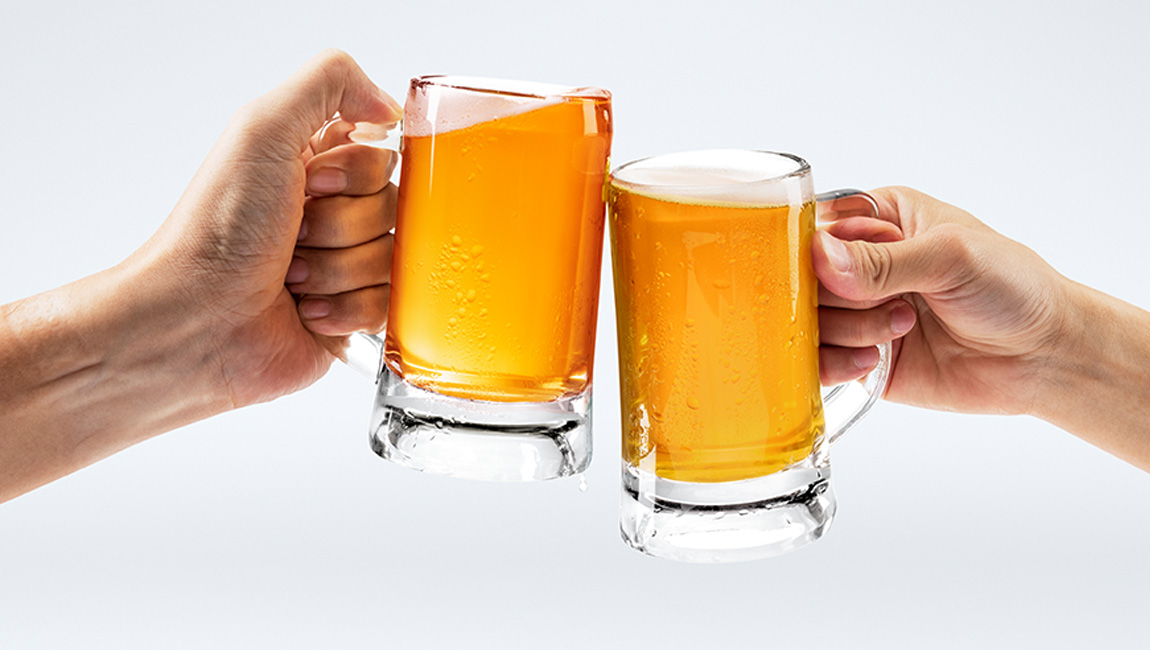
Beer as Currency and Motivation
The understanding of grain processing quickly traveled from Sumer to Egypt, where commodities like bread and beer were utilized as forms of taxation. Additionally, legislation specified the allotment of liters corresponding to various social classes. Rigorous measures were in place to ensure that laborers involved in constructing iconic ancient structures, such as the renowned pyramids in Giza, received their daily ration. This arrangement motivated them to perform their assigned tasks to the best of their abilities.
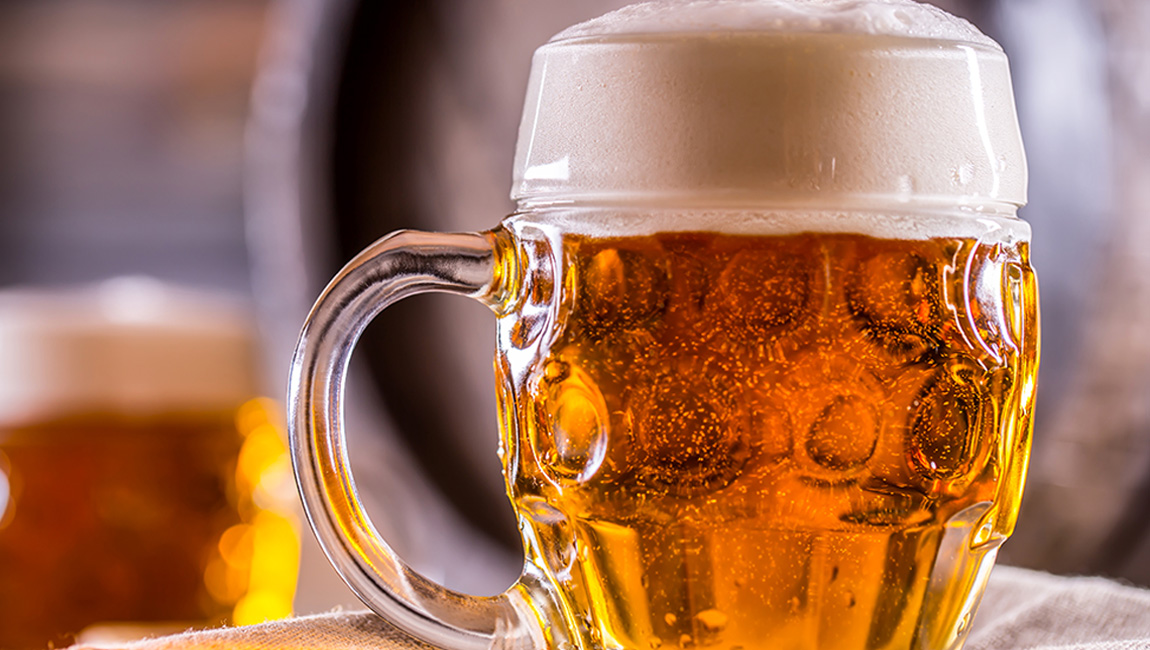
Divine Potion
To underscore the profound appreciation that ancient civilizations held for the creation of this nourishing elixir, it’s noteworthy that both the Sumerians and Egyptians revered their beer goddesses: Ninkasi, Tenenet, and Hathor. They composed odes in cuneiform script, singing praises to these deities. These written records play an instrumental role in the preservation and transmission of knowledge and techniques related to beer production, having endured for countless generations up to the present day.
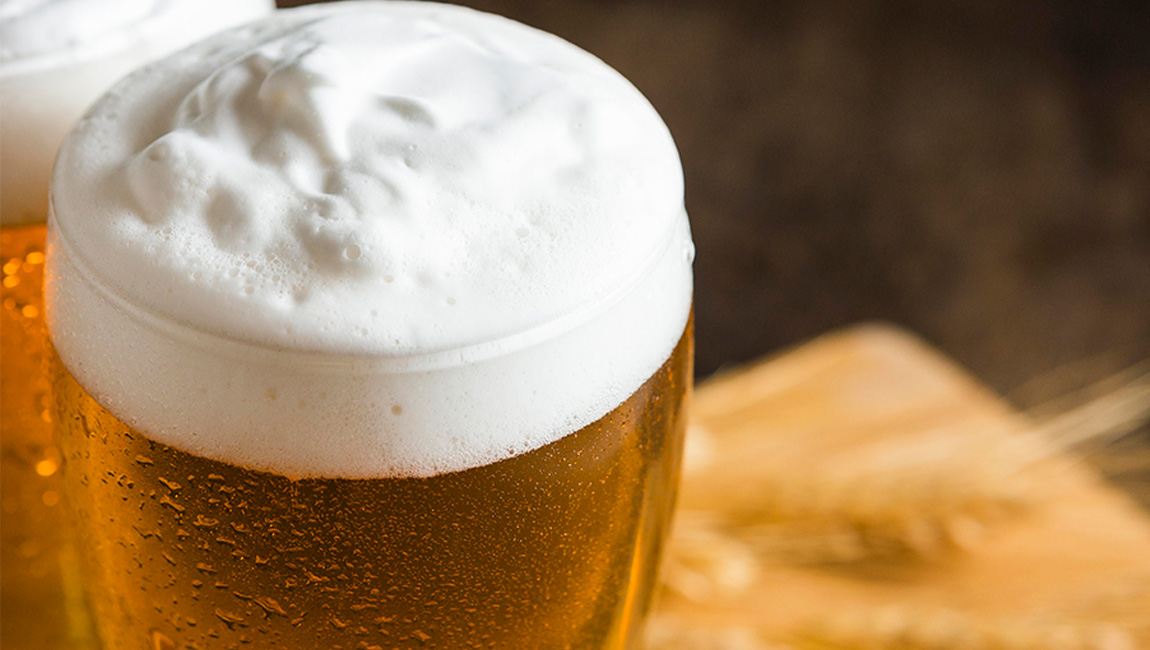
Beer in Europe
While beer did not surpass wine as the preferred drink among ancient Greeks and Romans, it was still extensively produced in regions that were unsuitable for vineyard cultivation. During that era, beer was crafted from wheat, oats, barley, rice, and buckwheat, and unconventional ingredients like dill, honey, and fern were frequently incorporated. It was only in the Middle Ages that the use of hops became prominent, resulting in a taste more akin to the beer we cherish today.
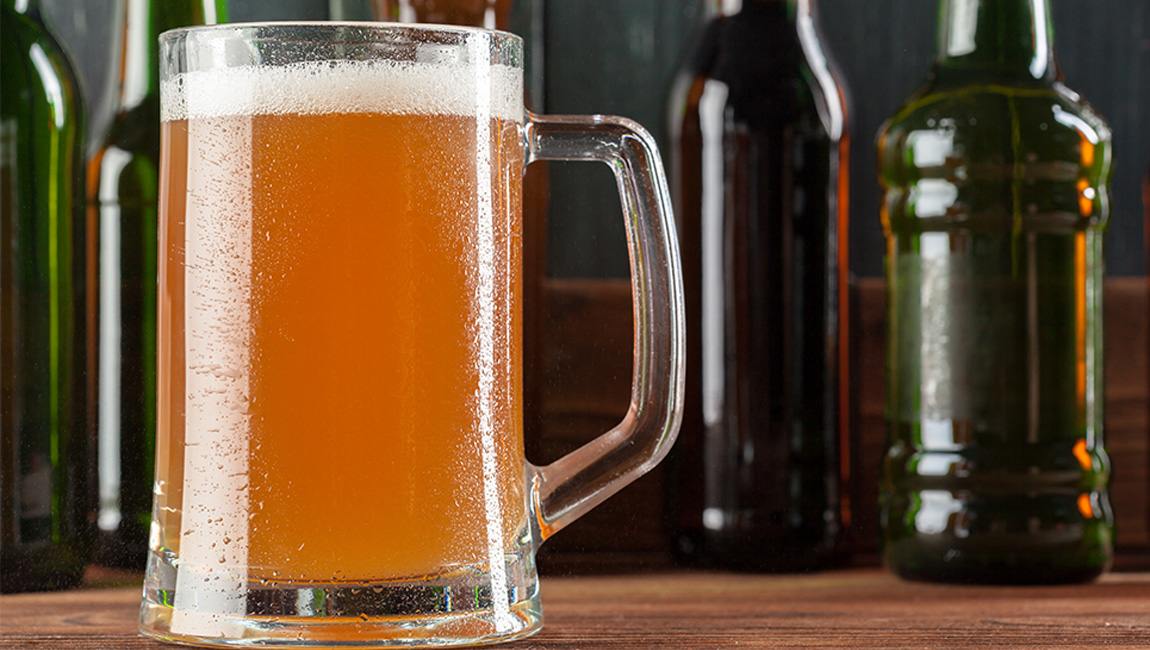
A Range of Diversity
Technological progress and the industrial revolution have contributed to the enhancement of beer production and its widespread distribution. As a result, today we are familiar with a multitude of beer varieties, each crafted from a combination of cereals and yeast. Based on color, beer is categorized as light, dark, or black. In terms of alcohol content, it is classified as non-alcoholic, light (approximately 3.5% alcohol), standard (ranging from 3.5% to 5%), strong (exceeding 5%), and barley-based varieties containing 8% or more alcohol. Furthermore, the type of grain used as the primary ingredient gives rise to variations such as barley, rye, wheat, corn, and millet beers.
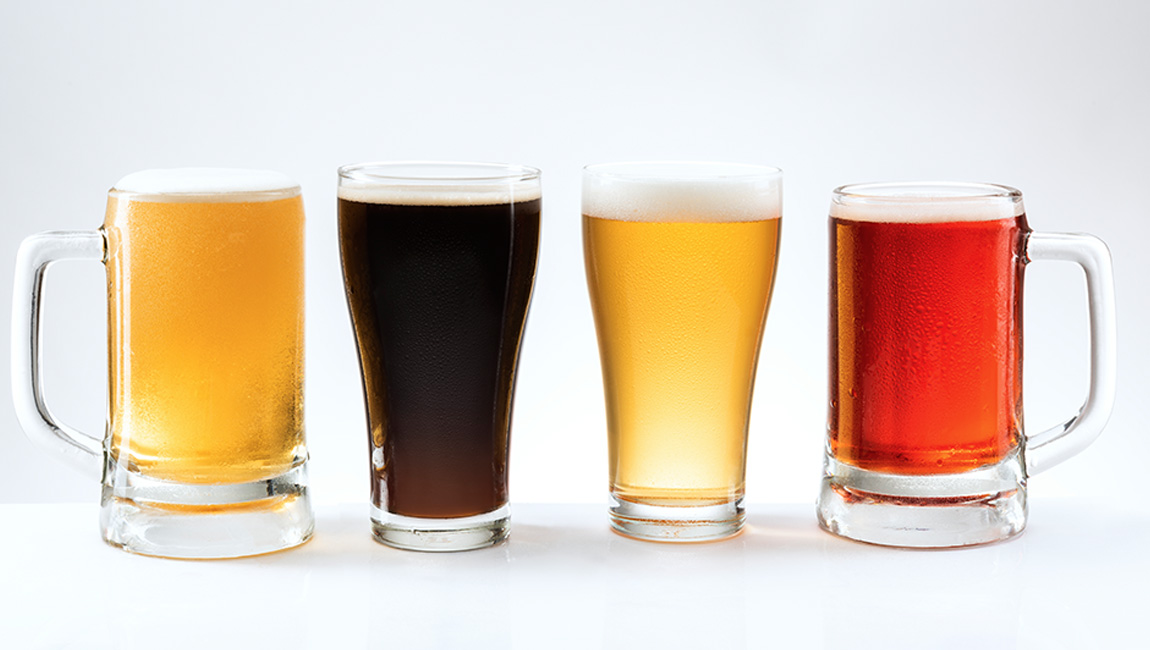
Types of Yeast
The fermentation methods employed in beer production, along with the specific types of yeast used, distinguish Lager, Ale, and Lambic beers from one another. Lager falls under the category of “bottom fermentation” beers, as the yeast settles at the container’s base after fermentation. This variety is characterized by a thick and enduring foam, as well as a robust, bitter flavor. Within the Lager classification, there are subcategories including Bock, Dunkel, Pilsner, and Oktoberfest.
On the other hand, Ale beer employs “top fermentation,” causing the yeast to rise to the surface post-fermentation. This yields a denser, darker-hued drink with a milder intensity compared to Lager. The Ale family encompasses Amber, Indian Pale Ale, Pale Ale, Irish Ale, Stout, and Porter.
Lambic, often referred to as Belgian beer, possesses a unique attribute in its utilization of hops of varying ages during production. The beer is subsequently aged for several years, resulting in a discernible fruity flavor profile.

Beer in cooking
Did you know that this refreshing beverage is frequently incorporated into culinary preparations? If you’re considering cooking up some fried fish, meat, or vegetables, we recommend including a glass of beer to the mixture. Alongside flour, salt, pepper, and your preferred spices, blend these ingredients until the mixture achieves a smooth consistency. Moreover, beer can be a valuable addition to cake recipes and when preparing grilled dishes.

Beer and Food
It’s a well-known sight at all major world festivals: sausages invariably served with beer. We admit this duo is irresistible on all occasions, much like the combo of beer, pizza, and burgers. However, we recommend trying something new to uncover fresh enchanting combinations.
Popular Pilsners are perfect for pairing with grilled calamari, while IPA beers go well with clams and octopus salad. You can also combine a glass of your favorite beer with cold pasta and cheddar cheese, as well as the ever-popular sushi. And for the daring, we suggest trying a dark beer alongside dark chocolate!
We wish all beer enthusiasts delicious culinary adventures!

